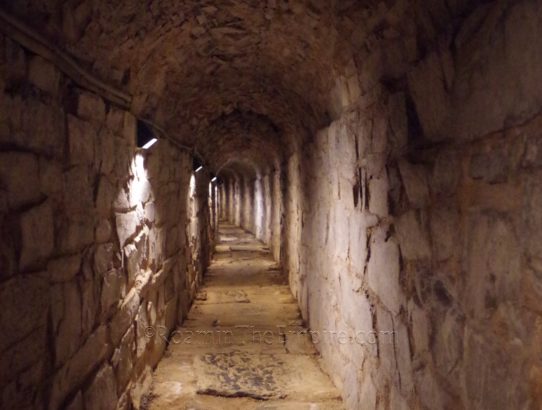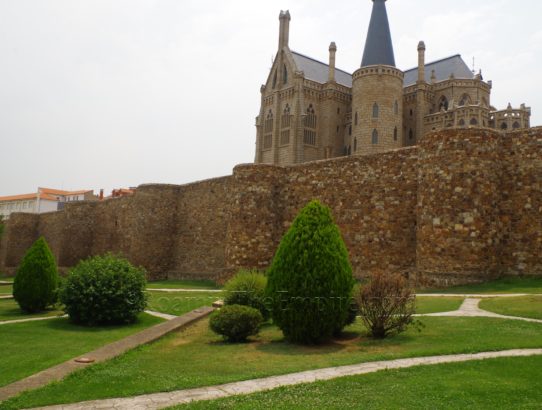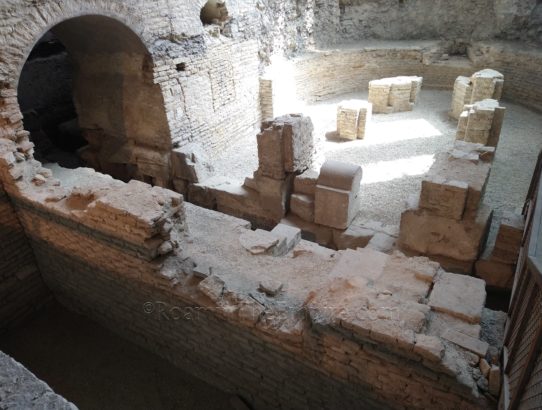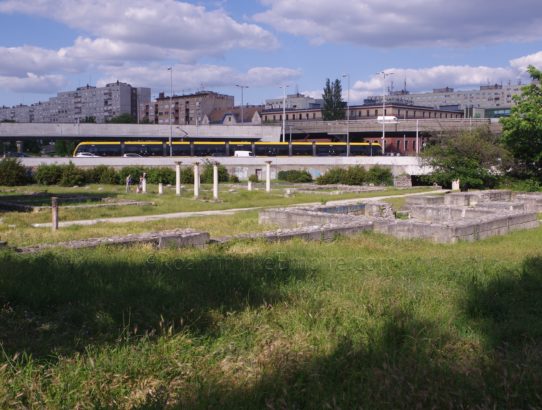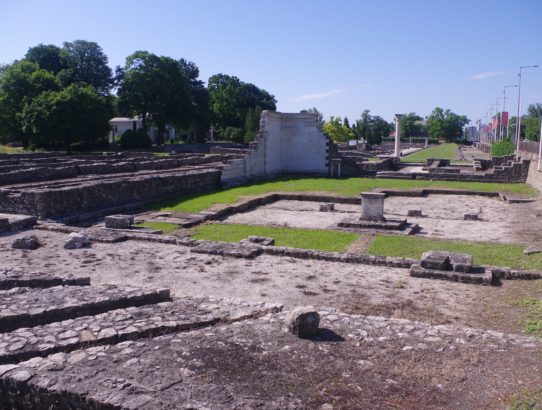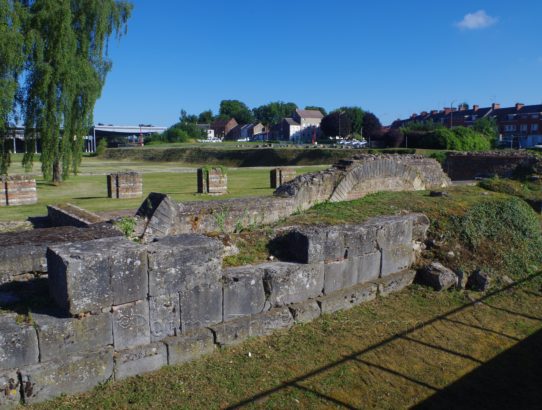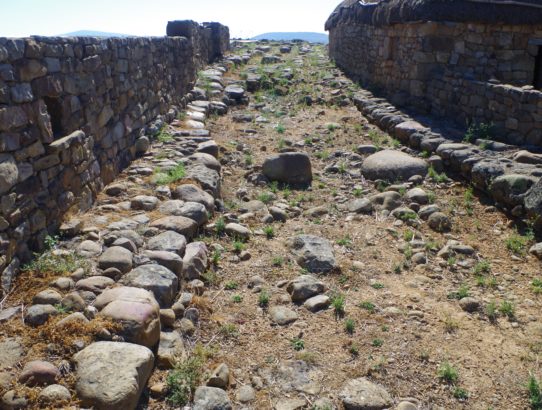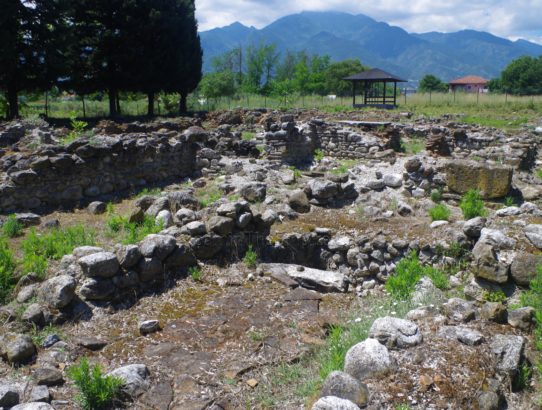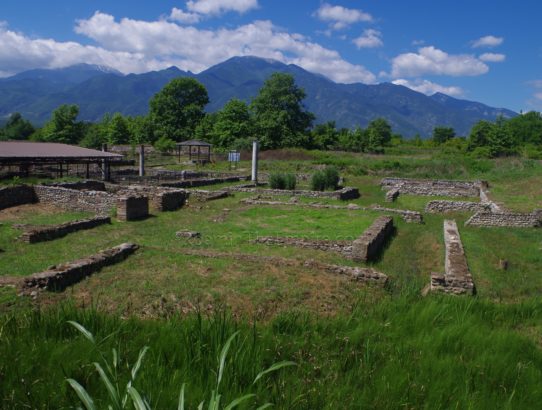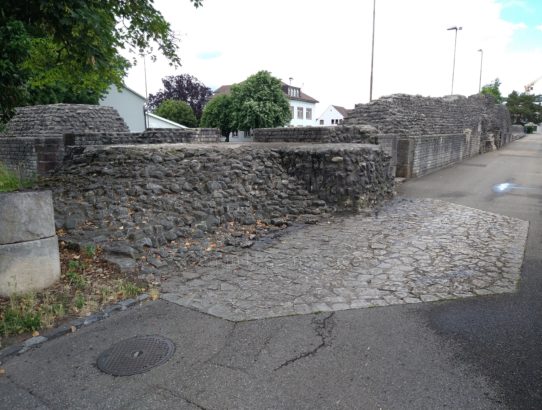Asturica Augusta, Hispania Tarraconensis – Part II
Continued From Asturica Augusta, Hispania Tarraconensis – Part I Continuing out through the northeast exit of the Jardín de La Sinagoga, and then north on Calle Padres Redentoristas, is the Domus del Mosaico del Oso y los Pájaros, the Domus of the Mosaic of the Bear and Birds. Located at Calle Padres Redentoristas 19, the…
Read More


